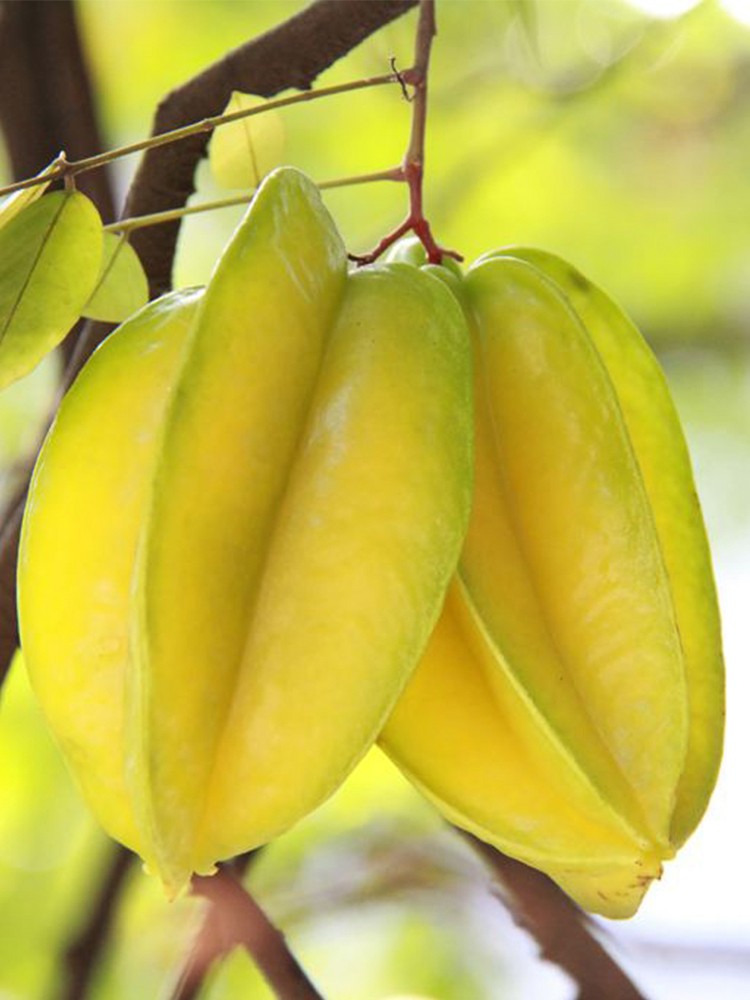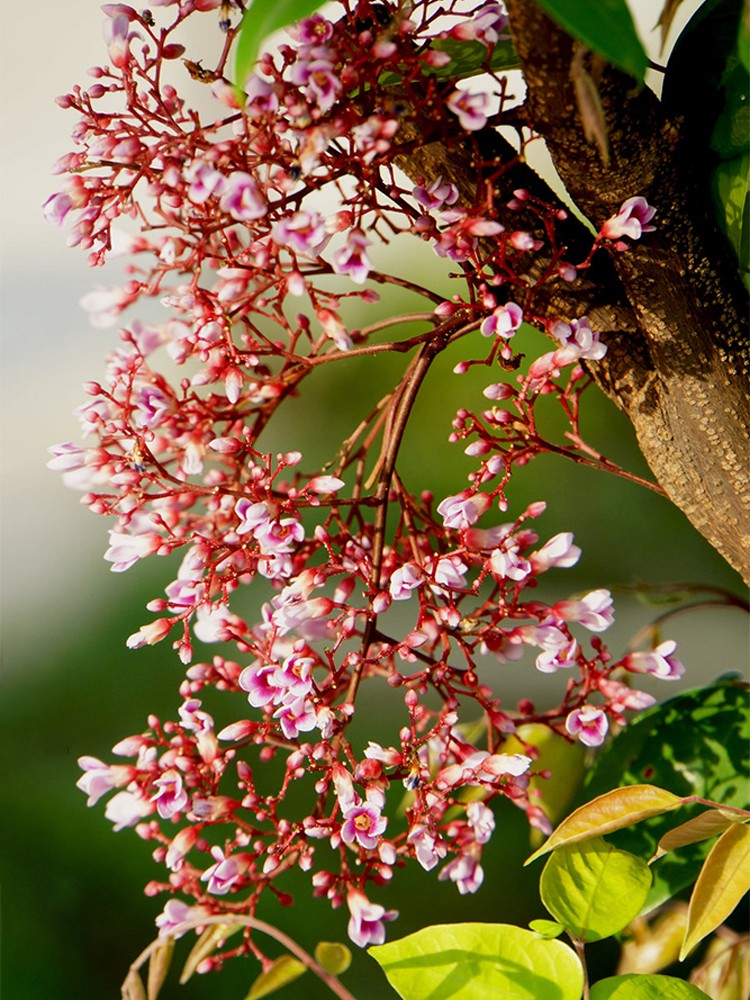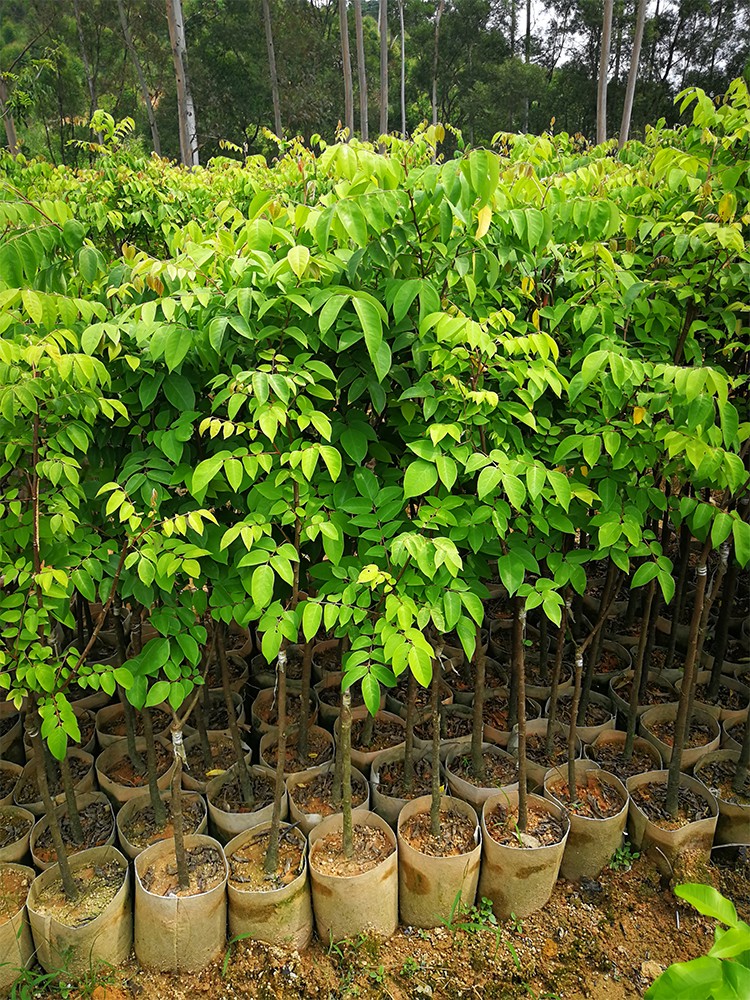The starfruit tree does best in loamy soil with good drainage. If creating your soil mix, using topsoil, compost, and a bit of sand (10%) should yield a good result.
This tree needs plenty of bright sunlight to flourish—at least 7 hours of direct sun per day. If growing in a container and overwintering indoors, make sure it has a sunny window and the tree is turned occasionally to give it full exposure on all sides.
Water your starfruit tree regularly. Starfruit trees are not tolerant of drought. However, heavy consistent rain or overwatering may inhibit fruit production.
The starfruit tree is tropical and can't survive in a region where temperatures dip below freezing. However, it can be grown in containers in colder zones if it is moved indoors for winter into a greenhouse or sunny room. It needs temperatures of at least 60 degrees consistently in spring months to set fruit and does best with temperatures over 70 throughout the summer. Being tropical it also responds well to humidity. If your growing area is dry, misting the tree with cool water regularly (at least once or twice a week) keeps the leaves looking lush.
Prune the tree lightly in early spring to keep it looking neat and encourage the balanced placement of fruiting branches. If the branches bend under the weight of the fruit, this is a sign that it needs pruning.
The seeds of starfruit don't usually remain viable long enough to grow the trees from seed, so it's best to reach out to a nursery to obtain a tree. It's also possible to graft starfruit branches onto other fruit trees with a similar growth cycle and climate needs.
Starfruit trees are somewhat susceptible to various pests, including carambola fruit flies, ants, and some birds who enjoy snacking on the fruit. They may also be attractive to weevils, stink bugs, squash bugs, and thrips. They're also prone, like other fruit trees, to some of the following diseases: fungal leaf spot, algal rust, anthracnose fruit rot, and pythium root rot











